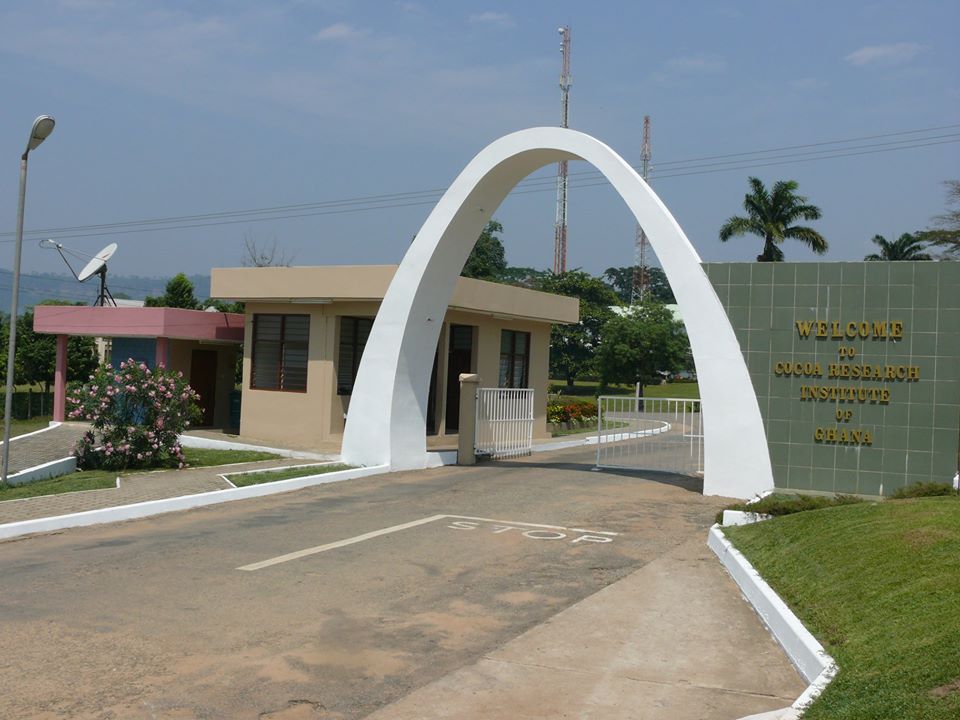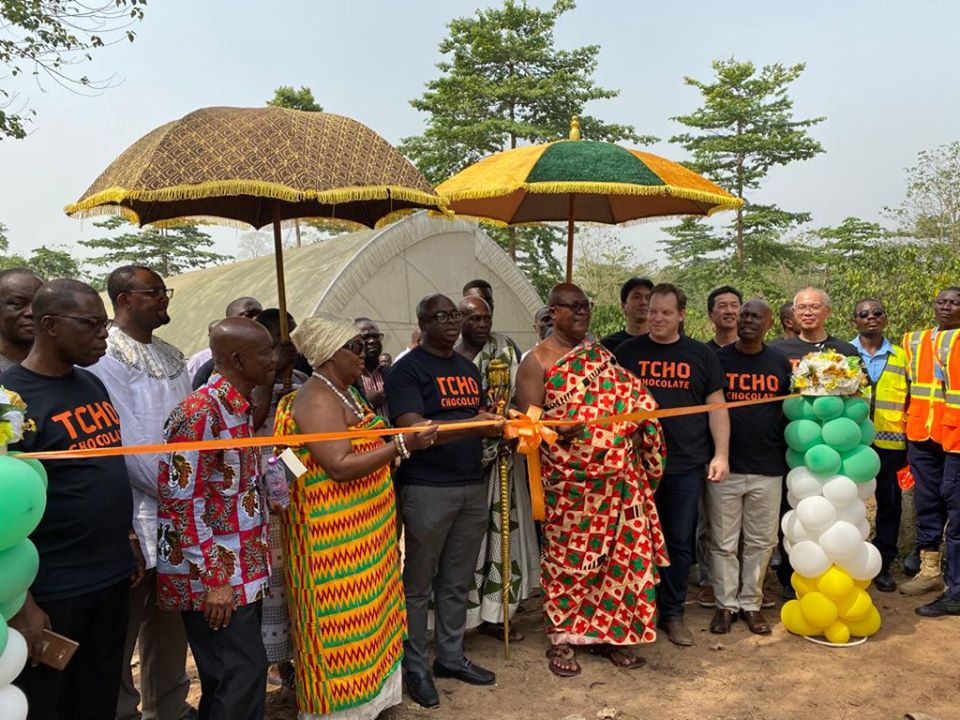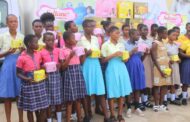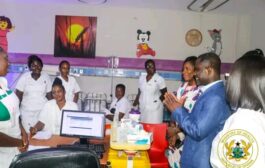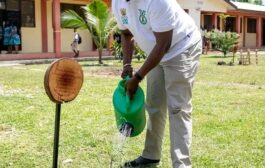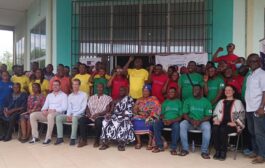The Cocoa Research Institute of Ghana (CRIG) might be known to many people as a research institution or a center of excellence and over the years have culminated into the identification of the Institute by the Ghana Tourist Authority (GTA) as one of the tourist destinations in the Eastern Region of Ghana. CRIG is located at Akyem Tafo in Abuakwa North Municipality, 94 km North-East of Accra and 24 km from Koforidua, the Regional Capital and is a favorite destination for hundreds of people who visit the Eastern Region from all walks of life.
Be it a farmer seeking the latest agronomic techniques to achieve bumper yields, or students looking to gain more knowledge and practical insights into the various agricultural theories they have been taught, or just a curious visitor, you will find CRIG the ideal tourist hotspot for you.
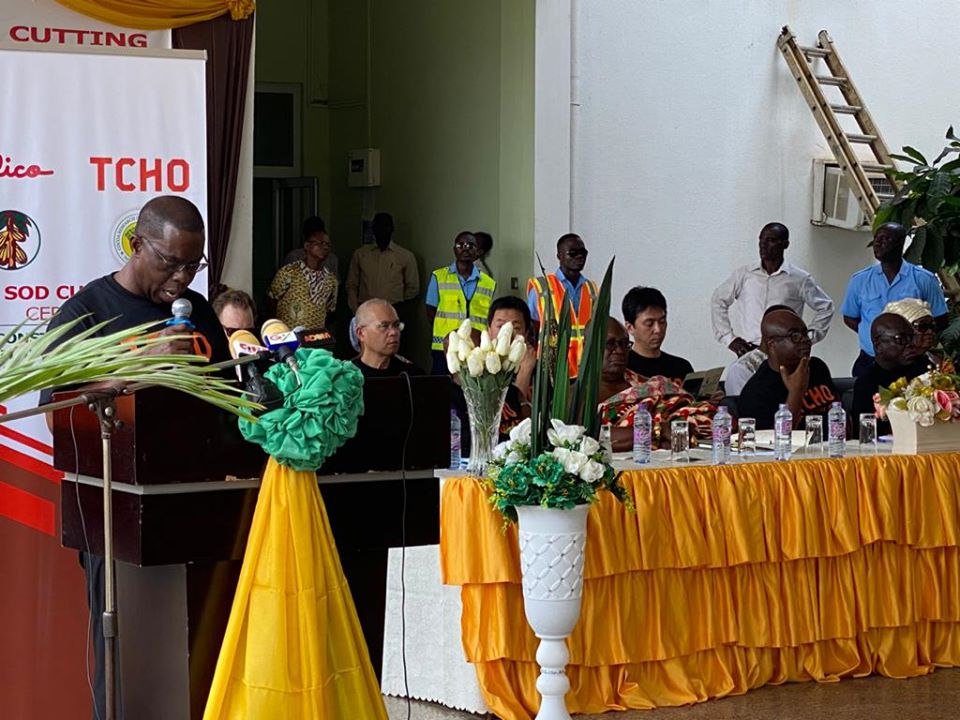
The magnificent archway a visitor has to pass through before entering the institute is the first sign of the beautiful architecture the institute offers and the beautiful landscape is sure to take your breath away. The buildings in the institute tell a story of their own and etched on most of them are the dates of their inception and the Institute’s heroes they are named after.
A typical tour will take you first of all to the Public Affairs Office (PAO) where visitors are warmly welcomed by the Public Affairs Officers and given an exclusive but brief history of the institute, its vision, and mission as well as the activities.
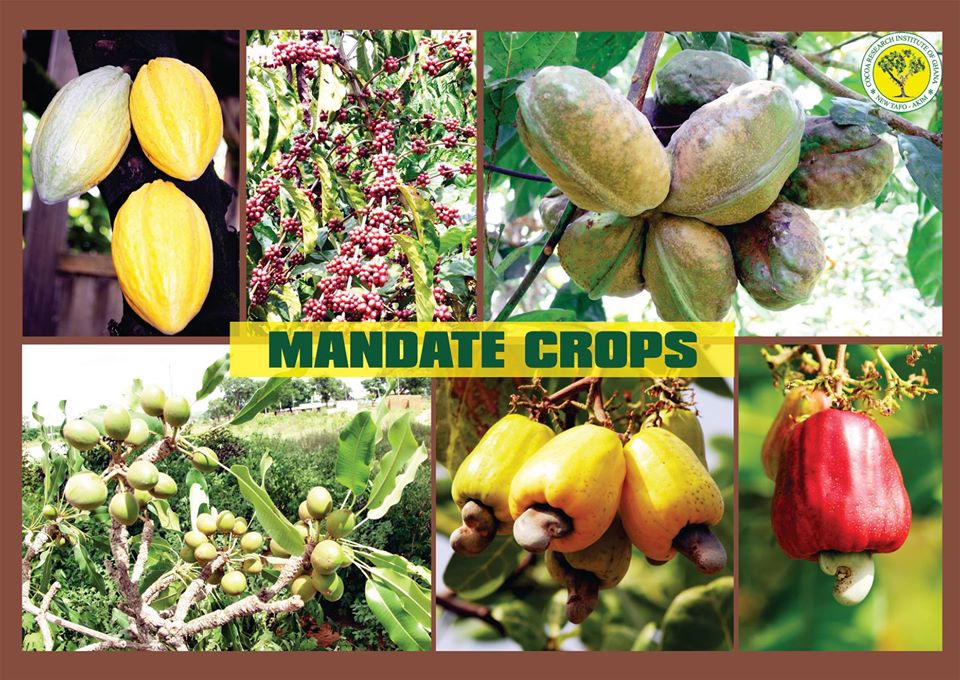
Visitors who have never seen cocoa have the privilege of seeing exactly what cocoa is and how it looks like. Those who already know about cocoa such as farmers and students have the privilege of seeing a wide array of Theobroma species at the Public Affairs Office. Species as unique as the Amelonado, which was introduced by Tetteh Quarshie can be found at the institute as well as the five-sided Pentagon, the violet-colored Trinitario and the huge Amazon.
Visitors are allowed to catch a glimpse of the cocoa, cashew and shea by-products produced. These by-products include pomades, soaps, wine, gin, brandy, vinegar, and biscuits, which are all produced at the institute. After this briefing, the real tour begins.
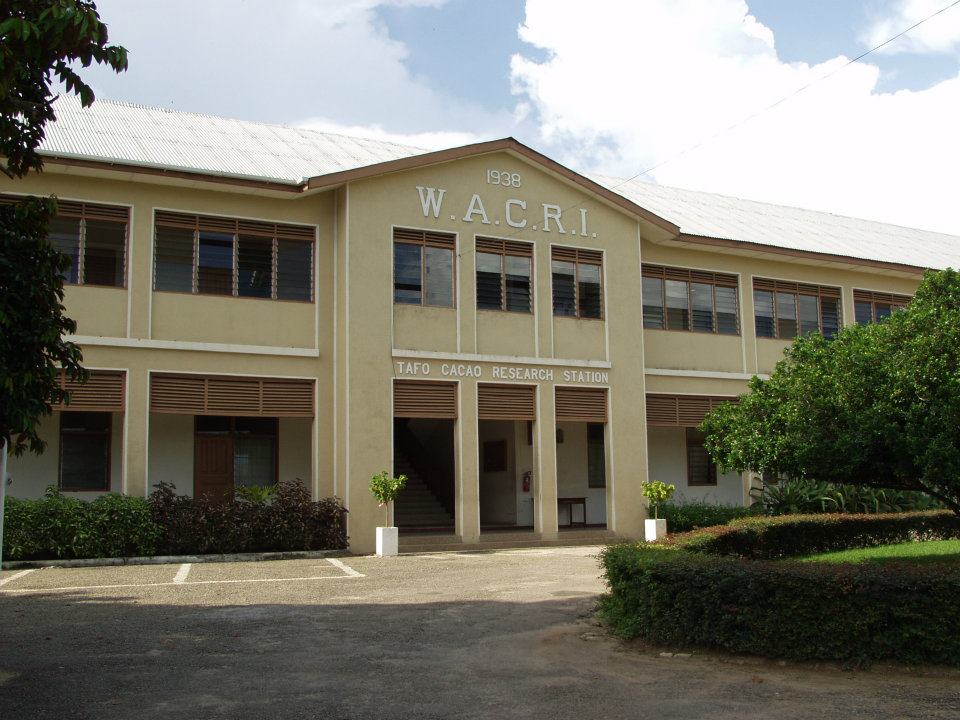
The first point of call is the fermentary where tourists get to see and experience what happens to cocoa when it is brought in from the field and why the pods and undesirable beans are no longer thrown away. They are also allowed to see the sweating, fermentation and drying processes of cocoa beans.
This experience makes visitors understand how cocoa is best processed to make it perfect for the production of the chocolate they consume and also by so doing puts Ghana on the international market as the best quality cocoa-producing country. They get to see first-hand, the dried cocoa and coffee beans and also packaged beans ready for sale.
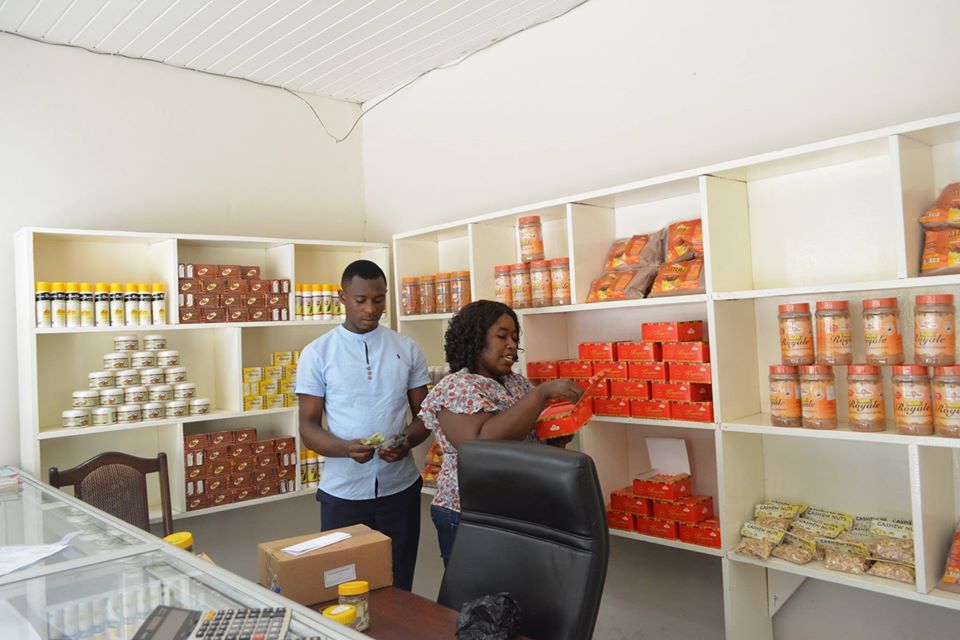
Visitors get to see the many ways in which the fermentation process can be done at the fermentary, which is the heap, basket, box and tray fermentation processes and the importance of fermentation is clearly defined at this stage of the tour.
Our next stop is the Cocoa Swollen Shoot Virus (CSSV) Museum. This is a quarantine area where cocoa trees from different cocoa-growing regions/areas in the country infected with the swollen shoot virus are brought to the Institute for research purposes. Pests and diseases of Cocoa are discussed but with emphasis on the CSSV which is the only disease of cocoa without a cure as yet in Ghana.
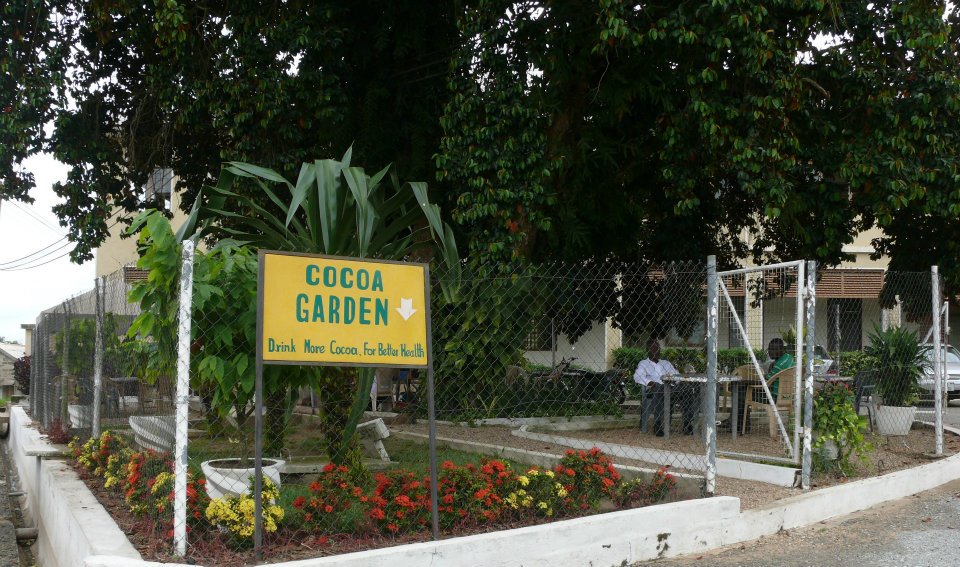
Visitors get to see the vector known as the mealy bug and their mode of transmission. They also get to see the signs and symptoms of the disease on infected trees and therefore identify it if necessary. They are educated on the preventive measures to take in combating the cocoa swollen shoot virus.
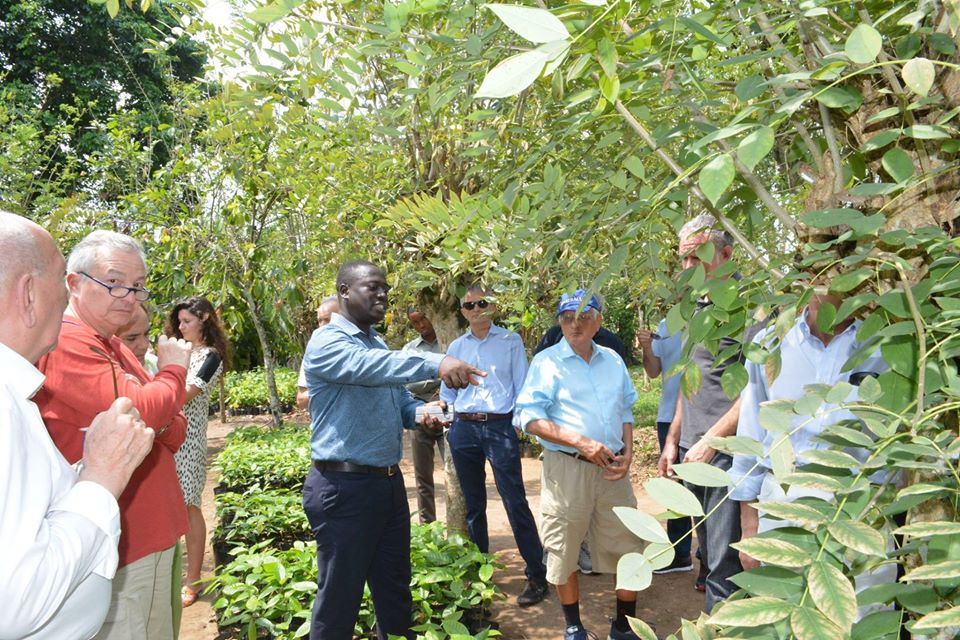
Agricultural and Scientifically inclined visitors are also taken to the various labs of the institute to see how the various scientific divisions conduct their researches and experiments. Lucky visitors are taken through the New Products Development Unit to witness the in-house production of the by-products aforementioned.
The next part of the tour will take visitors to the field. On the way, visitors will find it hard to miss the CRIG Primary and JHS and the buildings that house the workers. The visitors are transported through roads with cocoa farms lining their sides.
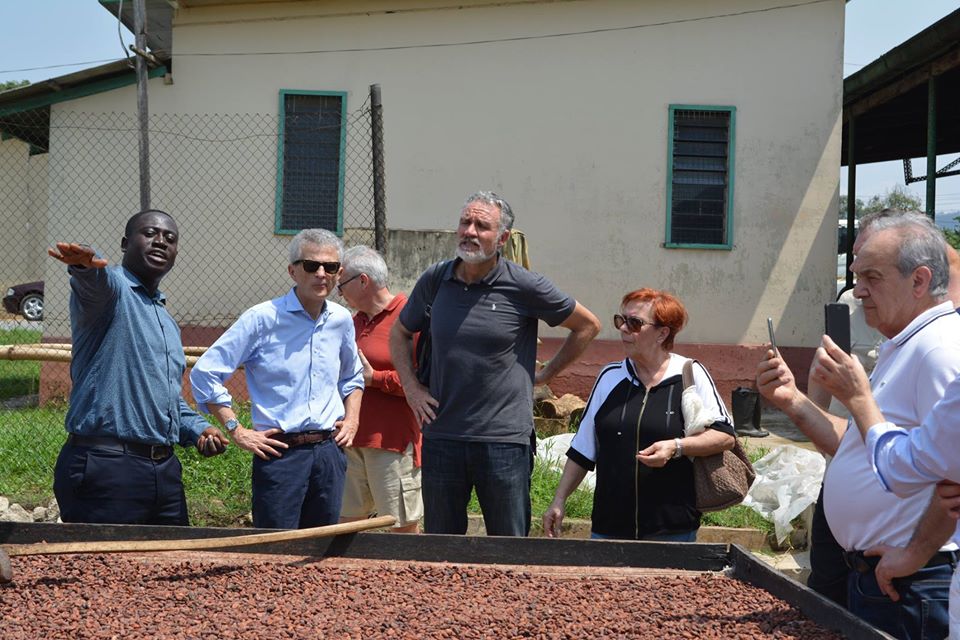
Tourists who are new to cocoa are allowed to have a first-hand experience of the taste of fresh cocoa from the farms. Just before the visitors arrive at the nursery, they have the chance to acquaint themselves with various trials of coffee plots.
The Nursery is where the life of cocoa begins and tourists have the opportunity to understand the different methods of growing cocoa and the most effective among them with the best practices for quality seedling production.
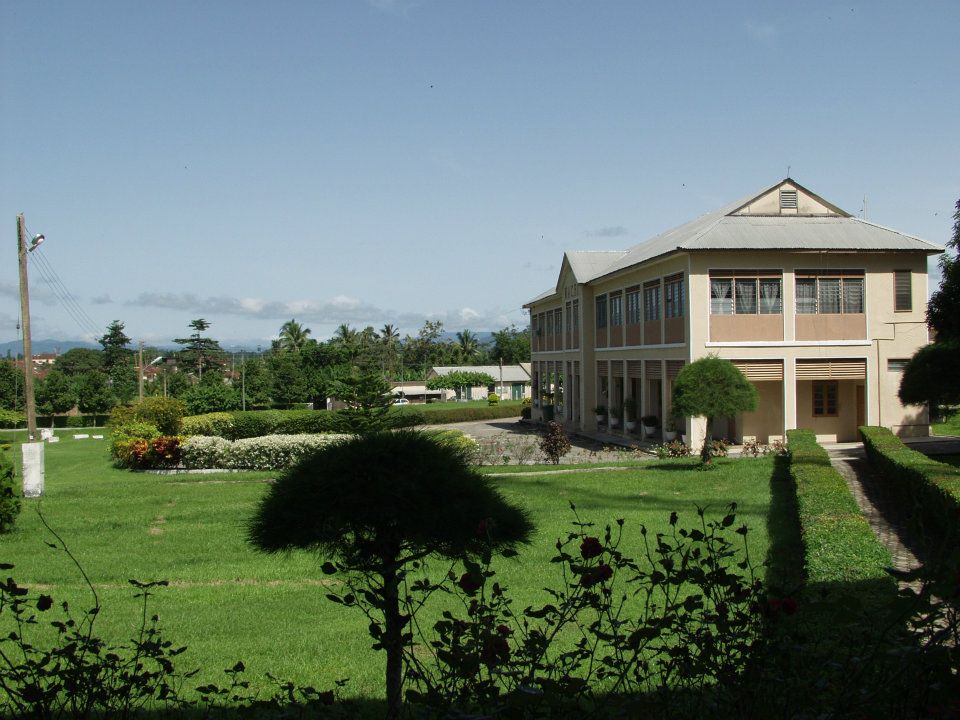
On the way back from the farm, some visitors, mostly students are taken through the CRIG Dam Site. This is the Institute’s source of water supply and allows the students and other visitors to see practically, how water purification processes taught in school happens. The CRIG Club House, Recreation Centre, a nine-hole golf course, swimming pool, and other sporting facilities make up the other places of interest.
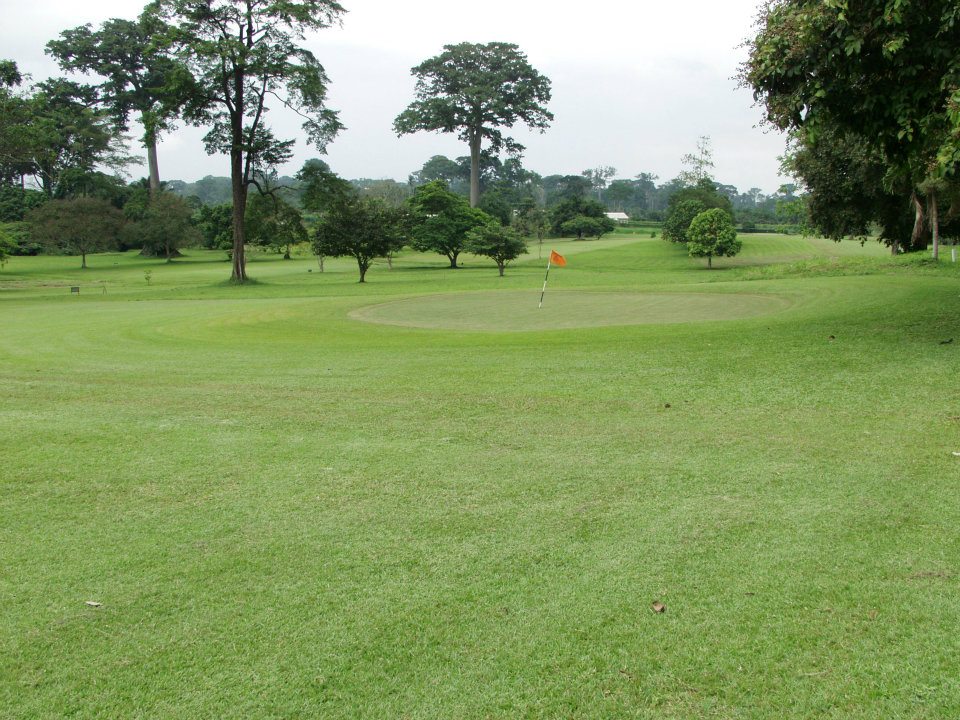
The final destination on the tour of the Institute will have to be at the Cocoa By-Products Shop where tourists/visitors can get to purchase by-products of cocoa, cashew, and Shea which include wine, gin brandy, vinegar, jam, biscuits, pomade, soaps, chocolate, and other products.
No trip to CRIG would ever be complete without a visit to the famous Cocoa Gardens where after a hard day’s tour of the institute and fields, visitors can relax and reflect on their adventures at CRIG over a cool cup of cocoa drink.
You are most welcome to cocoa research institute of Ghana.
Source: Mybrytfmonline/Solomon K. Nuwordu/CRIG



